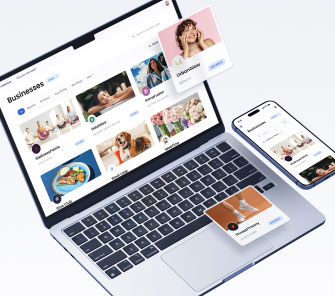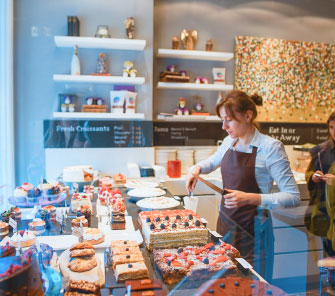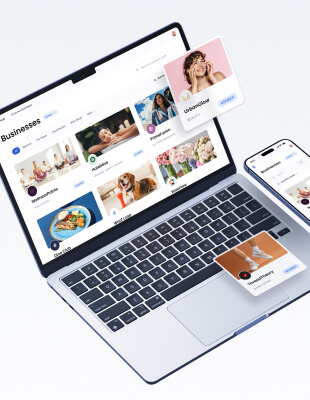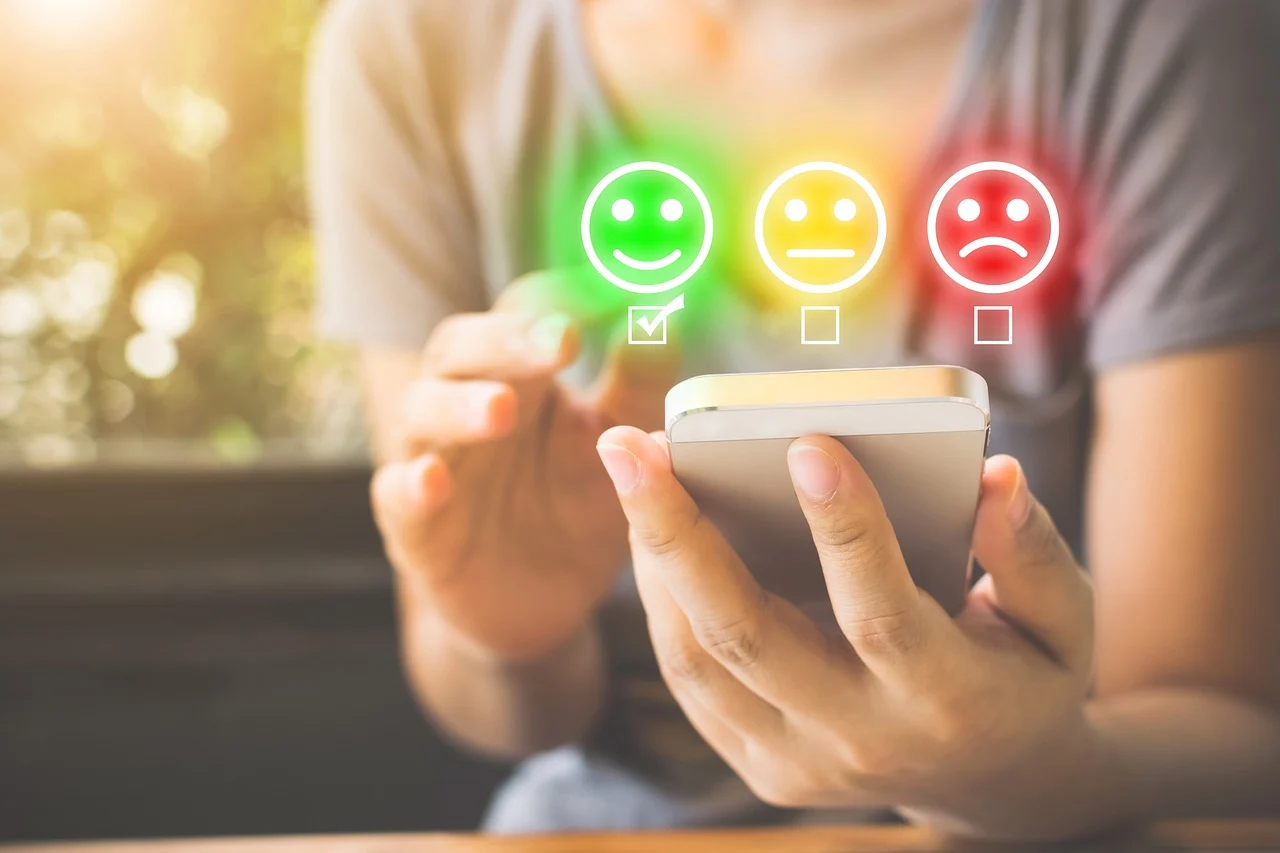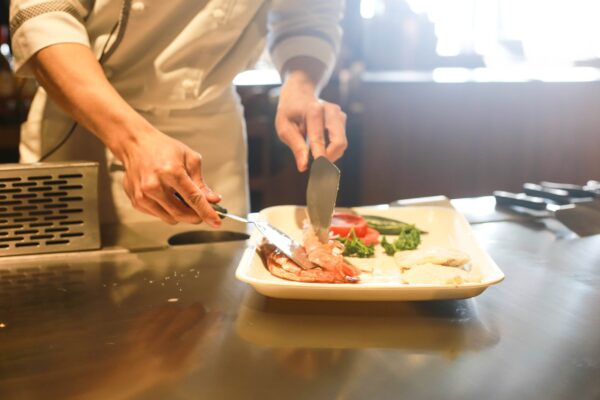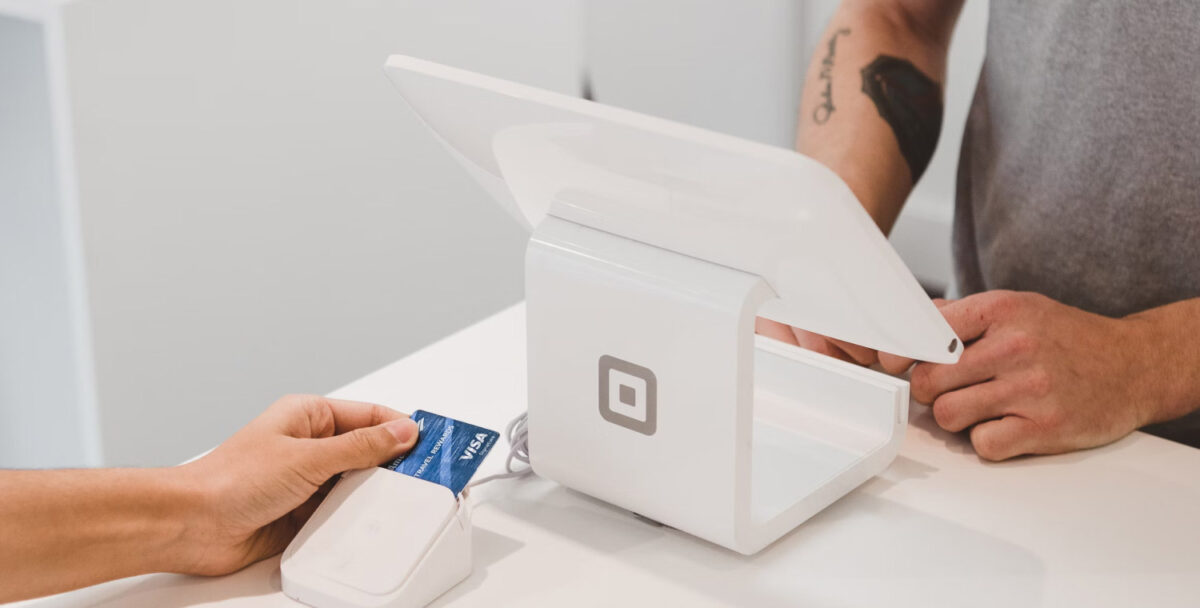Loyalty & Engagement
From Stamps to Points: The History of Loyalty Programs
Loyalty programs have a long and rich history in the commercial world. For years, businesses have been fine-tuning these systems to develop deeper connections with customers and increase brand loyalty. From humble beginnings with simple stamp-based initiatives to the sophisticated digital rewards systems of today, the evolution of loyalty programs is a fascinating journey that mirrors the changing dynamics of consumer behavior.
The Roots of Rewards
Loyalty programs have been around much longer than you think. Some sources assert that merchants in the United States were giving out loyalty tokens that could be redeemed in exchange for goods as early as 1793. Throughout the 19th century, these early instances of loyalty programs continued to develop, with more and more merchants adopting the practice in an effort to attract and retain customers.
In 1896, the Sperry & Hutchinson Company (S&H) launched one of the first examples of a modern loyalty program in the form of trading stamps. These stamps, commonly known as Green Stamps, were given to customers as a reward for making purchases, and they could be redeemed for a variety of goods, including household items, appliances, and other merchandise.
Green Stamps grew in popularity across the United States, with customers showing up at redemption centers carrying booklets full of them. By the 1960s, S&H’s reward catalog had become the largest publication in the country, and the company had issued three times as many stamps as the U.S. Postal Service.
And, of course, we can’t explore the history of loyalty programs without mentioning Betty Crocker. General Mills introduced the Betty Crocker Points Program in the late 1920s. The program was designed to engage and build loyalty with customers who used Betty Crocker products for their baking and cooking needs.
The concept was simple yet effective: consumers could collect points from the packaging of various Betty Crocker products, ranging from cake mixes to flour and other baking essentials. These points could then be exchanged for a variety of kitchenware and utensils offered in the Betty Crocker catalog.
The Betty Crocker Points Program established a strong connection between the brand and its customers. By associating each Betty Crocker product with tangible rewards, General Mills created a sense of value that extended beyond the immediate consumption of a food item. This connection proved to be a powerful tool for customer retention, setting a precedent for loyalty programs in the years to come.
In the 1980s, the airline industry innovated on the loyalty program model yet again with the introduction of frequent-flyer programs. American Airlines debuted AAdvantage in 1981, enabling travelers to earn miles for their flights then redeem them for free tickets or upgrades. This change came on the heels of the 1978 Airline Deregulation Act, which increased competition in the airline industry. Other airlines quickly developed loyalty programs of their own to attract repeat customers and encourage brand loyalty.
Switching to Digital
The rise of the digital age has since pushed businesses to adapt beyond the limited capacity of traditional paper-based loyalty systems. Now, businesses rely on online and mobile-based platforms to connect with customers and track their engagement.
Starbucks has a great example of an effective digital loyalty program. The Starbucks Rewards program is a mobile-based initiative that allows customers to earn points for every purchase, unlocking perks and personalized offers. Programs like Starbucks Rewards tap into the convenience of using mobile apps and digital wallets to encourage customer engagement.
The growth of AI and data-tracking has also led to an increase in data-driven loyalty programs. Businesses have started leveraging data analytics to gain insights into customer behavior, preferences, and purchasing patterns. This approach allows businesses to tailor their programs to meet the needs of individual customers, creating a personalized customer experience that helps elevate brand loyalty to a whole new level.
Build a Better Loyalty Program With Ostana
Step into the digital age and create a simple but effective loyalty program with Ostana! We’re on a mission to help businesses engage their local communities by offering top-notch rewards and incentives that will have customers coming back again and again. Join our fast-growing network of small businesses today to get started.

